What is a solar eclipse?

There are two types of eclipse that occur on Earth – solar and lunar.
During a lunar eclipse, Earth passes between the Sun and the Moon, casting a shadow on the Moon.
During a solar eclipse, the Moon passes between the Sun and Earth, casting a shadow on the Earth.
There are different types of solar eclipse, depending on what portion of the Sun is blocked.
Let’s start with the most spectacular version – a total eclipse.
Total solar eclipse
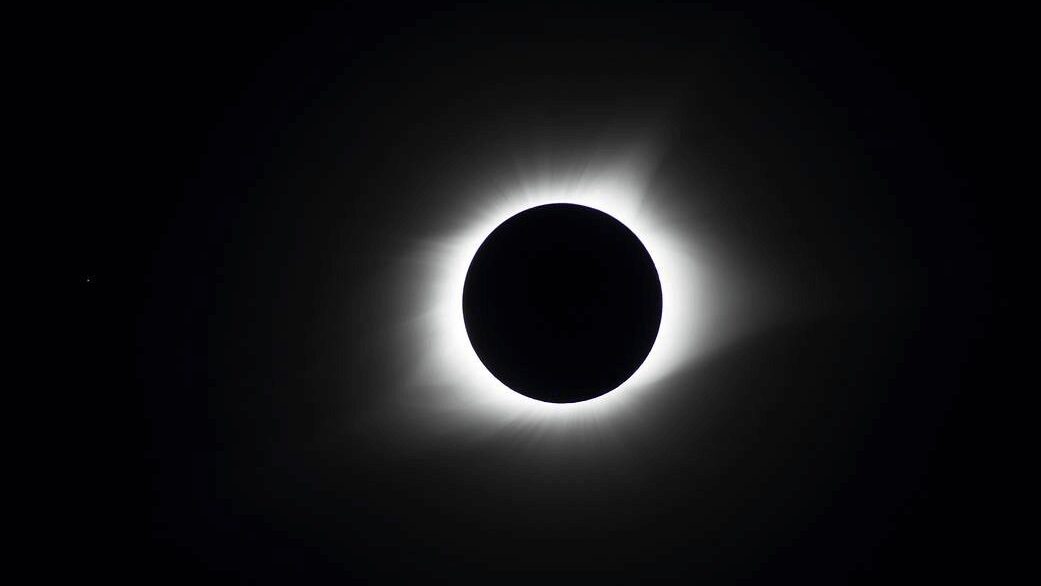
A total solar eclipse occurs when the face of the Sun is completely blocked. To see this, a person must be standing in the full shadow (umbra) of the Moon.
CSIRO astronomer Dr Vanessa Moss explains it like this: “Solar eclipses are rare events when the Sun, Moon and Earth align just right such that the Moon covers the Sun’s disc, turning day to night. , it is an amazing event to witness.”
But it’s not just a sight to behold in the sky above. Down on the surface of Earth “a total solar eclipse can be a life changing experience,” says CSIRO deputy space director, Dr Mark Cheung.
“The temperature drops, the land and the sea look different, and the stars come out. When the Moon completely covers the Sun, the faint solar corona becomes visible. Since the Sun’s corona is always changing, no two total eclipses look the same. These events are even more special because they are so rare and fall on such small areas where people can witness them.”
What is ‘totality’?

‘Totality’ is the term used for the exact point in time during a total solar eclipse that the Moon completely covers the Sun.
The whole eclipse takes several hours, but the moment of totality lasts only minutes.
The ‘Bailey’s beads’s and ‘diamond ring’ effect

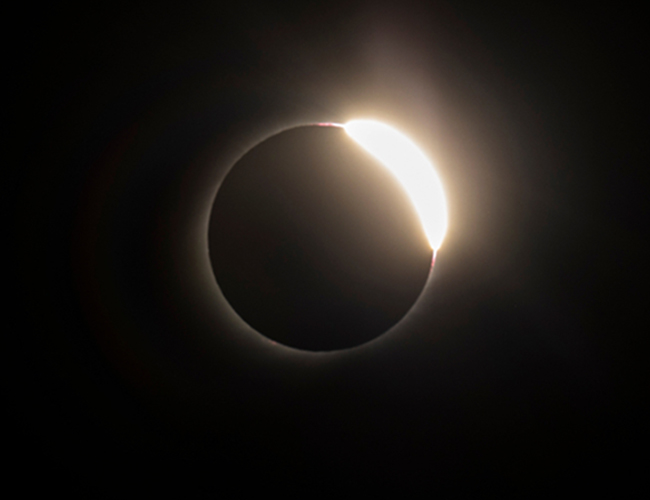
These two effects can occur at the beginning and/or end of totality.
As the last rays of sunlight pass behind the Moon, light will shine through some edges of the Moon and not others, due to the rugged valleys on the surface.
English astronomer Francis Baily observed this in the 1830s, likening the sight to that of glistening beads. The effect was later named ‘Baily’s beads’ in his honour.
When just one brightly-shining ‘bead’ is left, this is known as the ‘diamond ring effect’ as it looks like a diamond stone set in the ring of light.
Annular solar eclipse
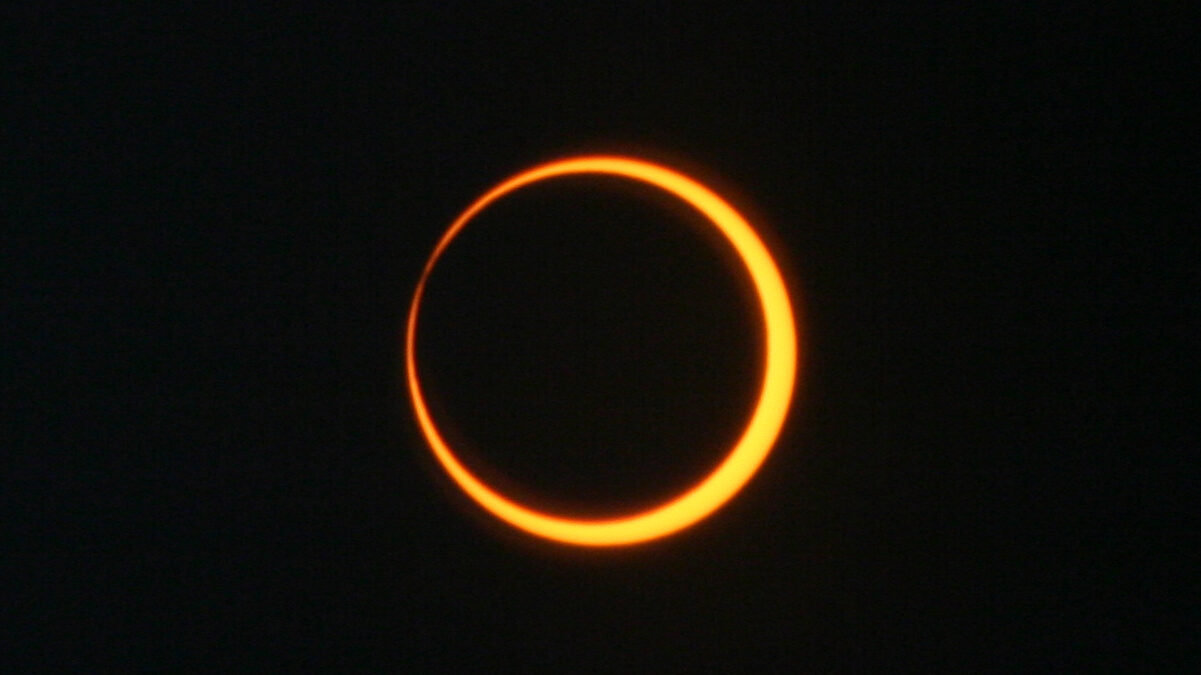
An annular solar eclipse occurs when the face of the Sun isn’t quite completely blocked.
This makes the Moon look like a dark disk sitting on top of a larger, bright disk. It can also look simply like one brightly shining ring in the sky, hence the name ‘annulus’.
This effect is also know, more colloquially, as ‘the ring of fire’.
Stuart Ryder from the Australian Astronomical Observatory says that while the annular eclipse is a novelty and a great photo opportunity, it is no comparison to a total solar eclipse that plunges the surface of the Earth in the Moon’s shadow into absolute darkness.
“That tiny ring of uncovered Sun wipes out the dramatic effect of a total solar eclipse,” says Stuart. “The eye simply adjusts to the fading light over an hour or so.”
Partial solar eclipse
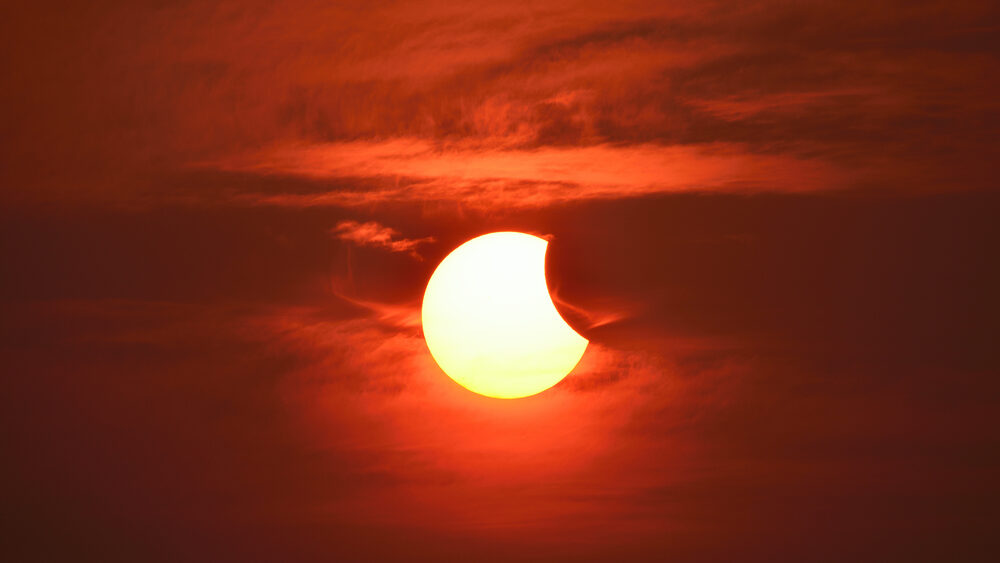
A partial solar eclipse occurs when the face of the Sun is partially blocked. To see this, a person must be standing in the partial shadow (penumbra) of the Moon.
It essentially looks like a bite has been taken out of the Sun.
This happens when the Sun, Moon, and Earth are not perfectly lined up.
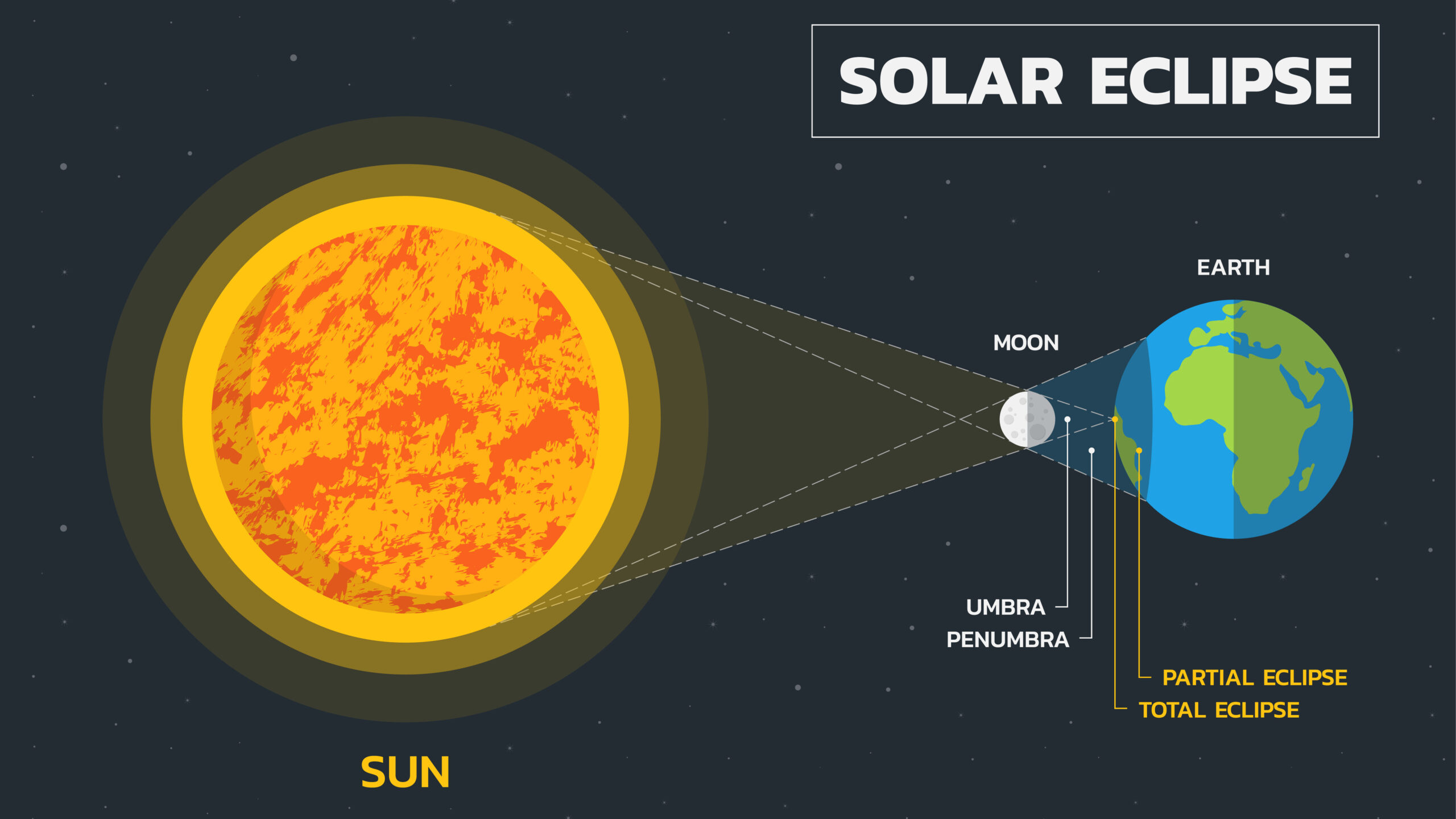
Hybrid solar eclipse
A hybrid solar eclipse occurs when, over the course of an eclipse, both annular and total eclipses are seen.
Astronomer Professor Richard de Grijs from Macquarie University explains it like this:
“The Sun–Moon–Earth spacing provides a just-barely annular (ring-like) eclipse at both ends of the path) and a brief total eclipse in the path’s middle.”
According to Australia’s Astronomer at Large, Fred Watson, “this is a particularly rare event.”
“Only three per cent of eclipses are so-called hybrids,” he says





